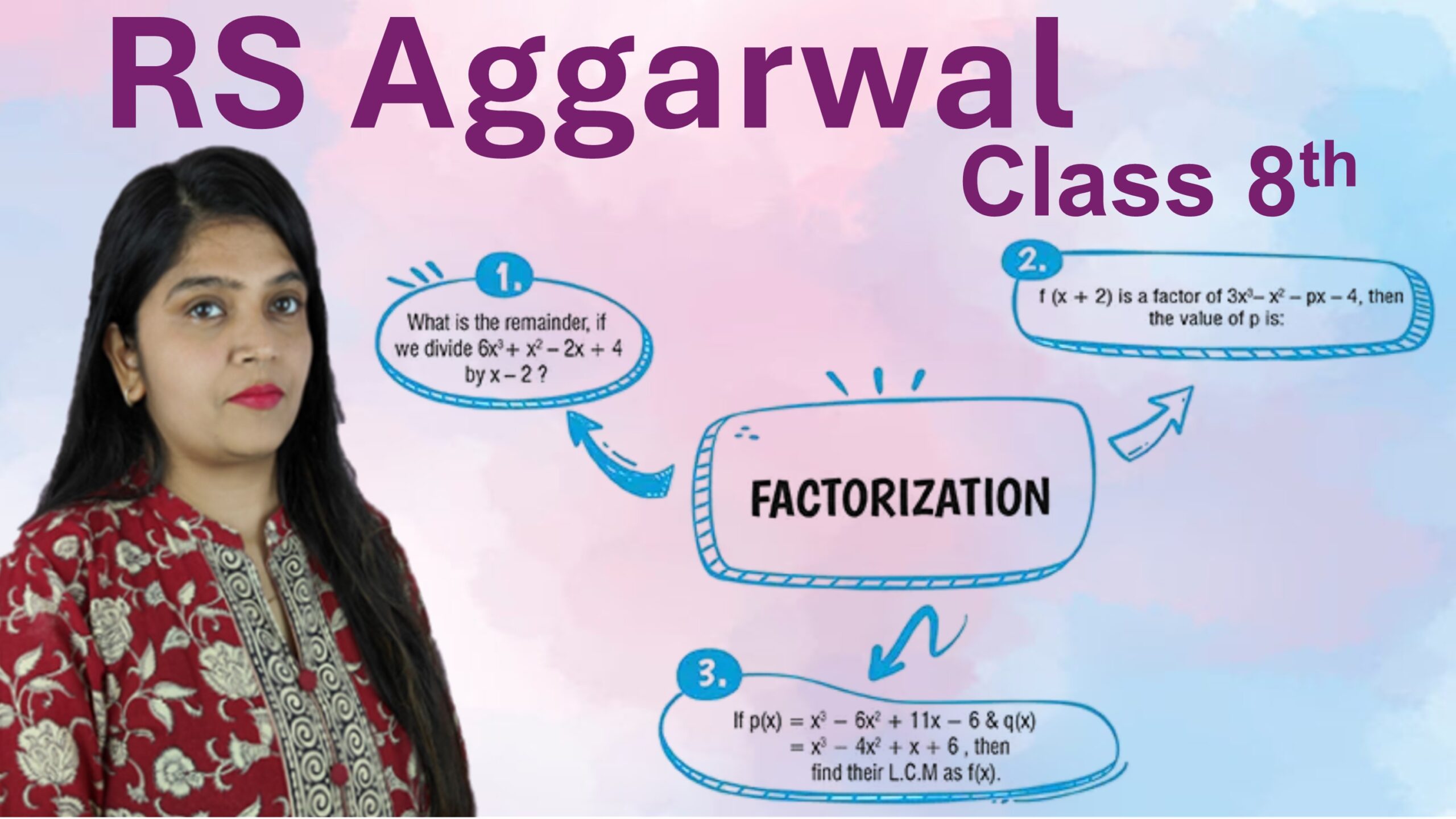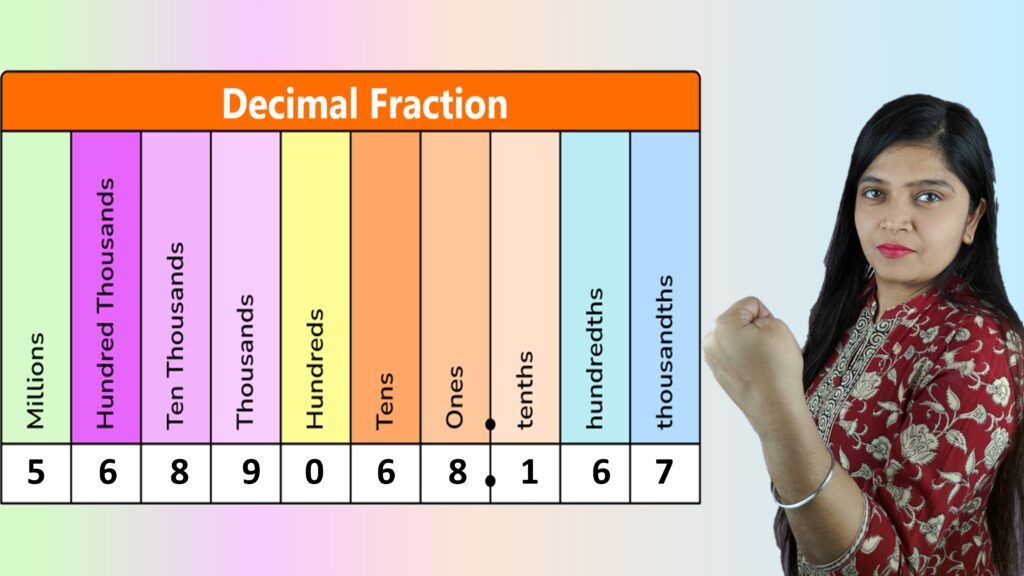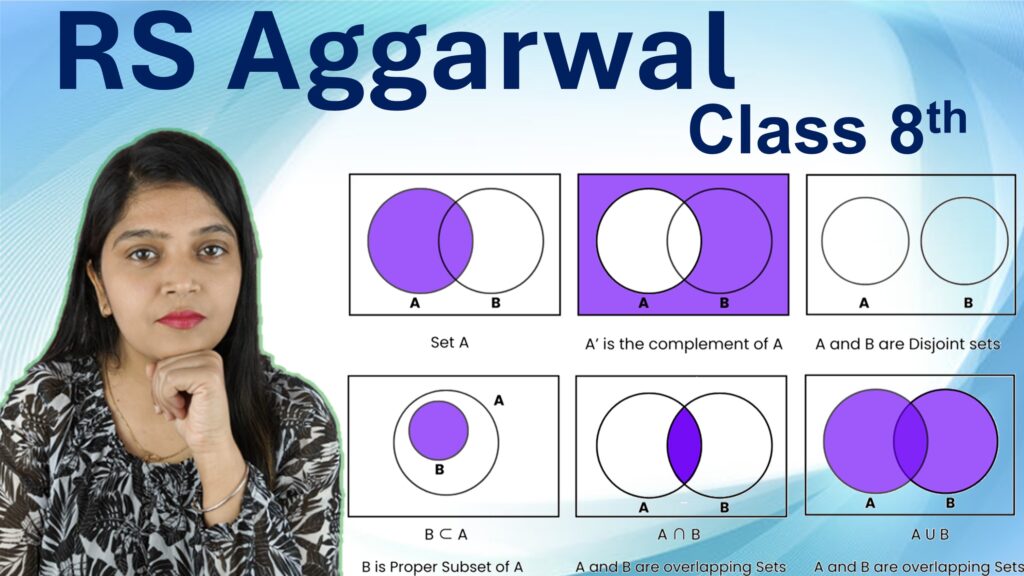Assertion-Reason Questions
Q1: Assertion (A): The factors of \(x^2-2xy+y^2\) are \(\left(x+y\right)\left(x-y\right)\).
Reason (R): \(\left(x+y\right)^2=x^2+2xy+y^2\).
Step 1: Analyze Assertion (A)
Given: \(x^2 – 2xy + y^2\)
Notice that \(x^2 – 2xy + y^2 = (x – y)^2\), not \((x+y)(x-y)\)
So, Assertion (A) is false.
Step 2: Analyze Reason (R)
\((x+y)^2 = x^2 + 2xy + y^2\)
This is correct.
Step 3: Compare A and R
– Assertion (A) is false.
– Reason (R) is true.
– Reason (R) does not explain Assertion (A).
Answer: d. Assertion (A) is false but Reason (R) is true.
Q2: Assertion (A): \(lx+my+mx+ly\) can factorised as \(\left(l+m\right)\left(x+y\right)\).
Reason (R): When an algebraic expression can be written as the product of two or more expressions, then each of the expressions is called a factor of the given expression.
Step 1: Analyze Assertion (A)
Given expression: \(lx + my + mx + ly\)
Group terms: \((lx + mx) + (ly + my)\)
Factor each group: \(x(l + m) + y(l + m)\)
Take common factor \((l+m)\): \((l+m)(x+y)\)
So, Assertion (A) is true.
Step 2: Analyze Reason (R)
Reason (R) defines what a factor is. This is a correct definition.
So, Reason (R) is true.
Step 3: Compare A and R
– Assertion (A) is true.
– Reason (R) is true.
– Reason (R) gives a general definition of factor.
Answer: a. Both Assertion (A) and Reason (R) are true and Reason (R) is the correct explanation of Assertion (A).







Leave a Comment